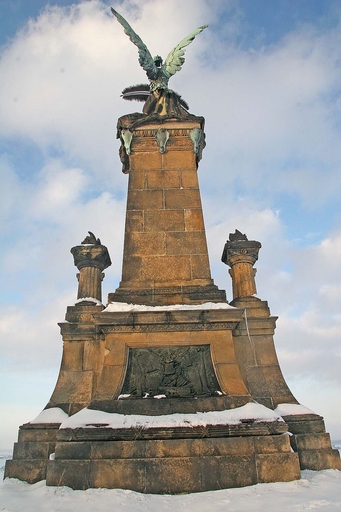
One of the largest and most important battles of the Seven Years’ War. It took place on 18 June 1757, when the Austrian army led by General Daun defeated the Prussian army of King Friedrich II and thus warded off the danger of Prussian occupation of Bohemia.
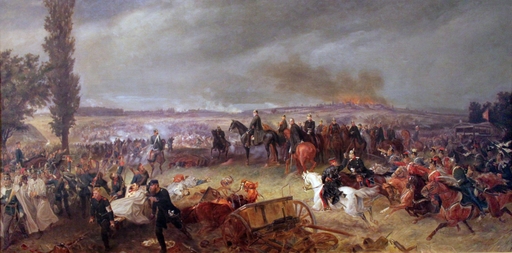
The decisive battle of the Austro-Prussian War. It was the second longest battle of the 19th century and the longest on the territory of the modern-day Czech Republic.

One of the most famous battles of the Hussite Wars. It took place on 14 June 1420 on Vítkov Hill near Prague and, in spite of the small number of participants, it contributed significantly to the failure of the first crusade against the Hussites.
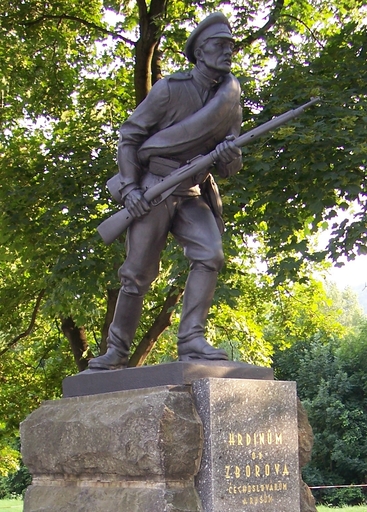
The most famous battle of the Czechoslovak Legion in the First World War. Although it was not a very important battle from the military point of view, it considerably improved the prestige of Czechoslovak resistance against Austria-Hungary and became a symbol of heroism of Czechoslovak soldiers during the war.

Famous battle that took place on 26 August 1278, in which the King of Bohemia Ottokar II was defeated and killed. Thus ended his attempt at building a strong empire in Central Europe.

Exceptional legal provisions and norms from 1940–1945. All the decrees were authorised and signed by President Edvard Beneš and served as provisions for ensuring the continuity of the rule of law during the war years and the post-war social crisis. They were a legal reaction to collaboration.

Catholic priest, cardinal and Archbishop of Prague, political prisoner in Nazi and communist regimes.
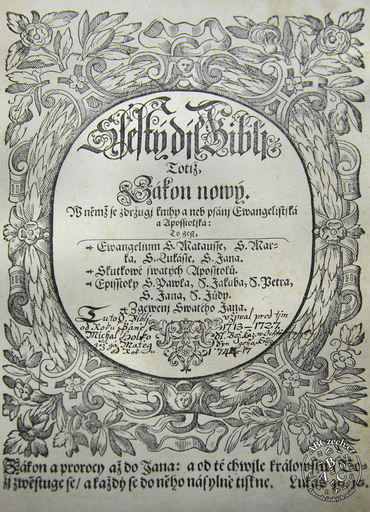
A highly acclaimed translation of the Bible from the second half of the 16th century. It is the first Czech translation of the Bible from the original languages and one of the greatest achievements of Czech humanism in general.

Religious confession accepted in 1575 by representatives of non-Catholic movements in the Kingdom of Bohemia as a common programmatic basis for their struggle for religious equality.

An uprising of non-Catholic estates of the lands of the Czech Crown and Austria against the Habsburg rule, taking place between 1618 and 1620. It is regarded as the beginning of the Thirty Years’ War.

Duke of Bohemia in 935–967/972. Due to numerous acts of cruelty, including the murder of his brother Saint Wenceslaus, he was nicknamed “the Cruel”. His strong, almost 40-year-long rule contributed to the preservation of Bohemia.
Duke of Bohemia in 967/972–999. After initial successes, his government eventually led Bohemia to its first large crisis.

Duke of Bohemia between 999 and 1002 and briefly again in 1003. His rule by force and dependence on other rulers deepened the crisis in Bohemia at the turn of the century.

Duke of Poland between 992 and 1025 and the first King of Poland in 1025. In 1003 and 1004 he was also Duke of Bohemia. He was one of the most significant medieval rulers of Poland and at the turn on the millennia he also strongly influenced Czech history.

The first historically attested Duke of Bohemia from the Přemyslid dynasty. He accepted Christianity and laid the foundations of medieval Bohemia.

Duke of Bohemia from 1100 until 1107 and from 1117 until 1120. His reign marked the beginning of a long struggle for the throne between the members of the House of Přemyslid, with increasing interventions by the Roman rulers.

Duke of Bohemia from 1034 until 1055, known as “Bohemian Achilles” because of his gallantry. He is one of the most important reformers of early medieval Bohemia.

Duke of Bohemia from 1092 until 1100, the first of the four sons of Vratislaus II, who took the ducal throne in the following decades.
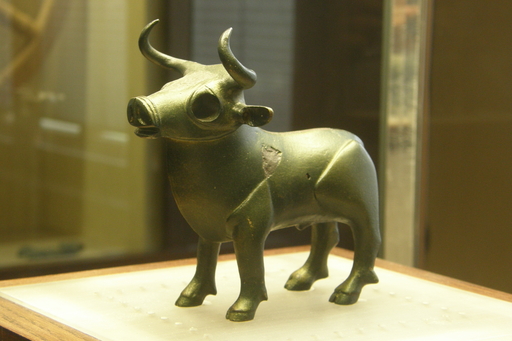
A cave in the Habrůvka municipality in the protected landscape area of the Moravian Karst. It is one of the most significant archaeological sites on the territory of the Czech Republic. It was named after a bronze bull statuette.
2016-2020 ABCzech.cz - © Filozofická fakulta Univerzity Karlovy
Content from this website may be used without permission only for personal and non-commercial purposes and with the source cited. Any other use is allowed only with the authors' consent.
This web application Sonic.cgi meets GDPR requirements. Current information can be found here.